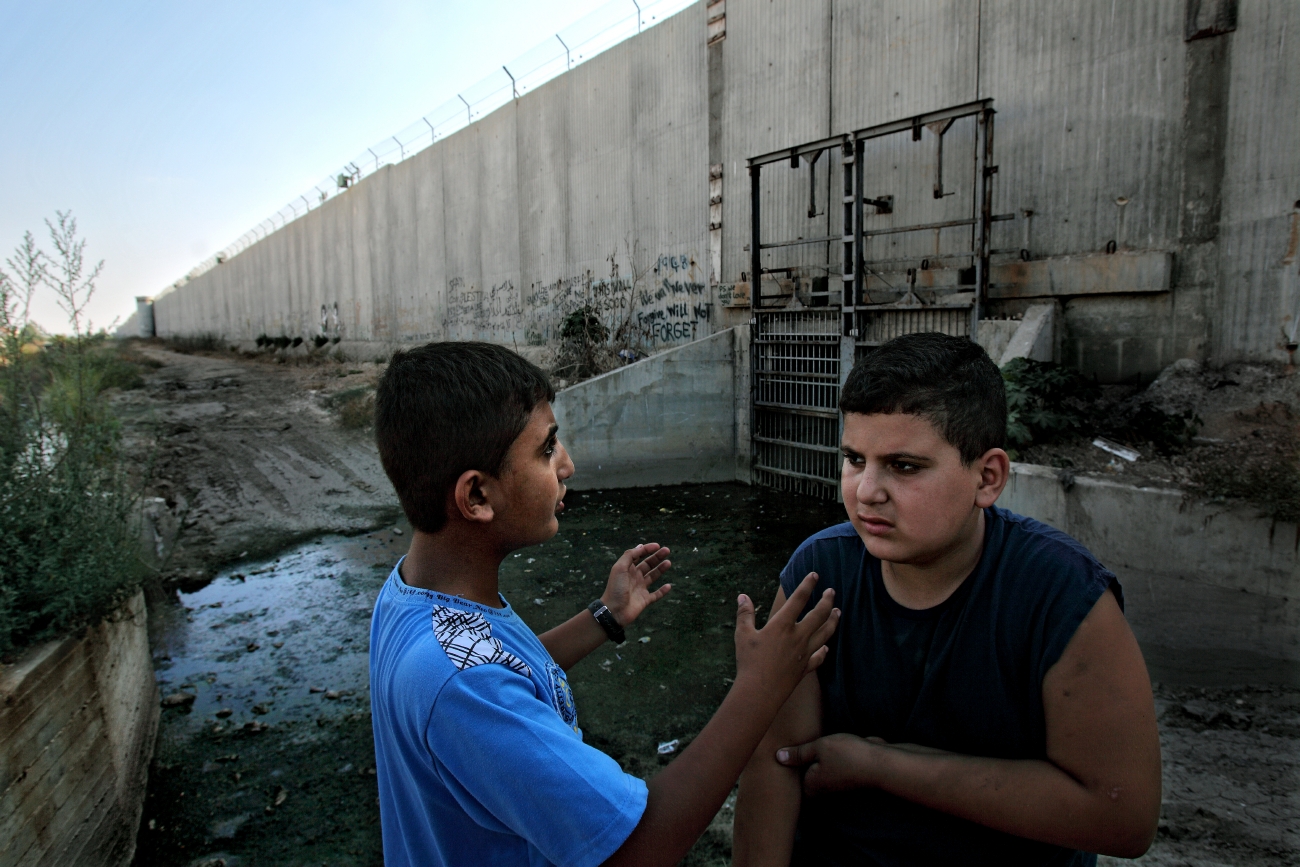Aman Iman
The importance of water in the history of mankind and the problems caused by its lack, through a geography of global climate and political changes
Photo by Bruno Zanzottera
‘La vache qui pleure’ (the cow that cries) is a Neolithic graffito in the territory of the Tassili n’Ajjer, a vast plateau in the southeast of Algeria on the border of Libya, covering an area of 72,000 square kilometers. Here, the Sahara is the custodian of a treasure of rock art comprising 15,000 drawings, engravings, and paintings listed as a UNESCO heritage site due to its universal value. An open-air museum that narrates the processes of climate change, fauna, and human life. The most spectacular and perhaps the most significant engraving is that of the weeping cow.
The tear that seems to fall from the snout of one of the cows, engraved in a drinking position, has given rise to various interpretations and legends. A group of cows grazing in the area went to their usual watering hole to drink, but due to the drought, they found it dramatically dry. The poor, desperate beasts wept, aware of their end. The artist, 7000 years ago, stylizing the scene that he entrusted to the rock, with a few, precise and clean strokes, expresses all the tragic nature of the event and its meaning.”
‘Aman Iman!’ say the Tuaregs of the Sahara, ‘Water is Life!’. In the raw wisdom of the inhabitants of the desert is what man has always felt within himself, before modern science came to understand it. Life on earth came into being thanks to water. Our bodies are 70 per cent water. The planet is 70 per cent water; no living thing can exist without it. Although there are 1,390 million cubic kilometers of water on the planet, only 2.5% is fresh water, mostly in the form of ice in the polar ice caps. The remaining 97.5% is salt water. Therefore, human beings only have 93,000 cubic kilometers at their disposal, or about 0.5% of the total. While the whole world is focused on the analysis of energy resources as a major factor in wars, little is said about water, the scarcity of which could change the destiny of future global conflicts. UNESCO, in a report with the emblematic title ‘The United Nations world water development report 2019, leaving no one behind’, estimated that 2.1 billion people in the world lack access to safe drinking water and 4.5 billion lack safe sanitation.
After the term ‘land grabbing’, the policy by which many rich countries appropriate territories of other nations for their own food needs, today we can safely speak of ‘water grabbing’. Its effects are devastating. More and more states are appropriating aquifers from small local communities or neighbouring nations. But the cause of the water shortage is not only the world’s geopolitical situation, ongoing climate change is also responsible for the droughts that are making various parts of the world increasingly complicated for survival. Outlining a geography of global change, recounting the earth’s changing, its transformations and the inescapable connection between natural, economic and social phenomena, choosing water as the key to interpretation, today becomes necessary to put all the pieces of the puzzle together.
This project on the importance of water in the history of humanity on our planet has developed over several years of research.




























